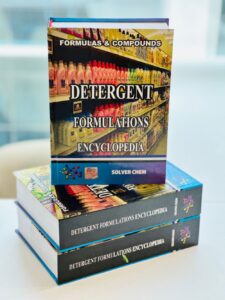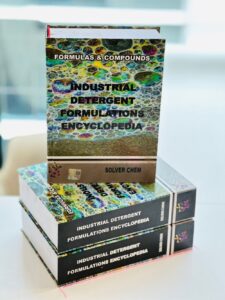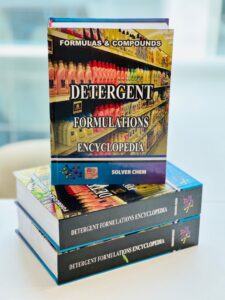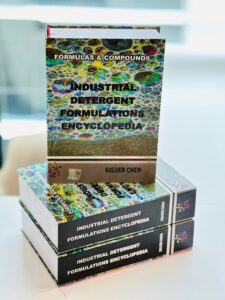
 ⚗️ Oxygen-Based (Non-Chlorinated) Industrial Dishwasher Detergents – Production, Formulation and Properties
⚗️ Oxygen-Based (Non-Chlorinated) Industrial Dishwasher Detergents – Production, Formulation and Properties
Overview:
Oxygen-based (non-chlorinated) industrial dishwasher detergents are modern, eco-friendly alternatives to traditional chlorinated formulations.
They use active oxygen compounds such as sodium percarbonate or hydrogen peroxide instead of chlorine-releasing agents to achieve powerful cleaning, whitening, and sanitizing performance — without generating harmful byproducts or strong odors.
These detergents are ideal for restaurants, hotels, hospitals, and institutional kitchens that require high hygiene standards but prefer chlorine-free cleaning systems.
Their oxygen chemistry provides controlled oxidation, breaking down organic residues like coffee, tea, and protein stains while being gentler on stainless steel, glass, and plastic surfaces.
Oxygen-based systems are also biodegradable and compatible with phosphate-free formulations, aligning with global environmental regulations.
They are available in liquid, powder, and solid block forms, suitable for use with automatic dosing and high-temperature dishwashing systems (55–80°C).
Production and Formulation:
Production involves the precise blending of oxygen donors, alkaline builders, and stabilizers to ensure stability and efficient oxygen release during washing.
Since oxygen compounds can decompose under heat or light, formulation and packaging are optimized for chemical stability and storage safety.
Typical formulation components include:
-
Oxygen-Releasing Agents: Sodium percarbonate, sodium perborate, or hydrogen peroxide.
-
Alkaline Builders: Sodium metasilicate, carbonate, and hydroxide for grease removal.
-
Chelating Agents: MGDA, GLDA, or citric acid to control water hardness and prevent scale.
-
Surfactants: Low-foam nonionic types (ethoxylated alcohols) for efficient wetting and emulsification.
-
Stabilizers: Protect peroxygen compounds from premature decomposition.
-
Corrosion Inhibitors: Silicates or phosphonates to protect machine parts and utensils.
-
Optional Additives: Enzymes for organic soil removal and mild fragrance for freshness.
Production typically uses stainless steel mixing systems under moderate temperature (25–40°C) with controlled agitation.
For powders, components are dry-blended or granulated to ensure even oxygen distribution.
Liquids and solid block forms are filled into opaque, airtight containers to prevent light-induced decomposition.
Properties:
-
Active Oxygen Cleaning: Breaks down stains and organic residues via oxidation.
-
Chlorine-Free Formulation: No odor, no harmful byproducts, safer for operators.
-
High Alkalinity (pH 10–12): Effective for removing grease, oils, and food residues.
-
Whitening and Brightening Effect: Restores brilliance to glassware and ceramics.
-
Low-Foam Behavior: Suitable for automatic dishwashing systems.
-
Corrosion Protection: Compatible with stainless steel, glass, and plastics.
-
Environmental Safety: Biodegradable, phosphate-free, and low toxicity.
-
Thermal Stability: Performs efficiently at 55–80°C wash temperatures.
-
Residue-Free Rinsing: Prevents streaks and clouding on surfaces.
-
Storage Stability: Stabilized formulations resist oxygen loss during shelf life.
Summary:
Oxygen-based industrial dishwasher detergents represent the new generation of sustainable, high-efficiency cleaning solutions.
They deliver the same powerful stain removal and sanitizing effects as chlorine detergents — but with reduced environmental impact, improved material safety, and superior user comfort.
Through a balanced formulation of alkaline builders, oxygen donors, and corrosion inhibitors, these detergents ensure bright, hygienic results in every professional dishwashing operation.


